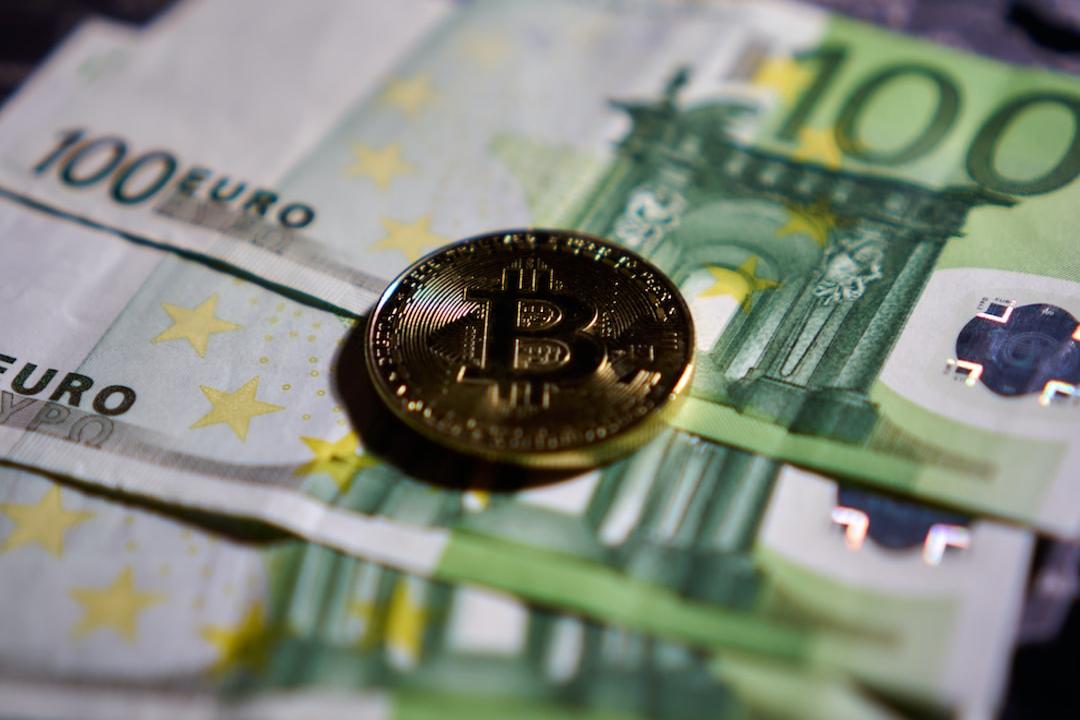BiJie.com Report:
Compiled by: Liu Jiaolian
Jiaolian’s Comment:
After the unexpected 50bp interest rate cut by the Federal Open Market Committee (FOMC) in September, many self-media outlets, experts, and financial advisors came out to advocate for bonds and urged everyone to invest in US Treasuries. At that time, they presented a seamless financial common sense: when interest rates fall, bond yields decrease and bond prices rise. I have repeatedly reminded in internal references and articles to be aware of the occurrence of “counterintuitive” situations, but I still witnessed many unfortunate cases. On September 18th, when the Federal Reserve decided to cut interest rates, the yield on 10-year US Treasuries was 3.705%. Today, just over a month later, it has skyrocketed to 4.224%. In other words, investing in US Treasuries has already incurred a loss of over 12%—which is quite substantial for an investment product like bonds, which is usually considered relatively low-risk. If leverage is involved, the pain will be even greater. One phrase that has been tried and true:
A certain opportunity that is almost 100% certain to make money will most likely result in losses.
If something is guaranteed to make money, you may not even be aware of such an opportunity. And if a pie falls from the sky and is handed to you by a financial advisor, it is probably a toxic pie. Below, Jiaolian has compiled a post by internet user Porter Standsberry to uncover the truth behind the recent abnormal rise in US Treasury yields following the Federal Reserve’s interest rate cut.
“Everyone has a plan until they get punched in the face.”
This is the situation Jerome Powell (Jiaolian’s Note: current chairman of the Federal Reserve) is facing, as the bond market counterattacks the best plan of the Federal Reserve to lower borrowing costs.
After Powell lowered the overnight interest rate by 50 basis points on September 18th, the yield on long-term bonds such as 10-year US Treasuries, contrary to expectations, jumped by 50 basis points.
This shouldn’t have happened…
Normally, when the Federal Reserve is in sync with the market, long-term borrowing costs follow the overnight interest rate set by the Federal Reserve. But when the Federal Reserve makes a policy mistake—such as cutting interest rates before a presidential election, despite high inflation—the market will counterattack.
We’ve seen this situation before, so here’s a spoiler: the outcome is not good.
In 1971, despite inflation exceeding 4%, Federal Reserve Chairman Arthur Burns still cut interest rates to improve Nixon’s political prospects in the 1972 presidential election.
Lowering interest rates in the face of high inflation entrenched price pressures in the US economy. American workers worried that sustained price increases would erode wages and began demanding higher pay.
This led to a self-reinforcing wage-price spiral, resulting in a decade of double-digit inflation, destructive interest rates, and stagnant economic growth: a toxic combination called “stagflation.”
To ultimately curb inflation, the Federal Reserve during the Volcker era raised the overnight interest rate to 20%.
But during this period, US investors experienced a “lost decade,” with negative real returns on stocks and bonds. The price level of the S&P 500 Index in 1979 was the same as in 1968… and considering over 50% rampant inflation, stock investors lost half of their funds in real returns.
Bond investors fared no better, with 10-year Treasury yields losing 3% per year after inflation adjustment, resulting in a decline in purchasing power of about 30% over the decade.
This was the worst decade for investor returns since the Great Depression.
In this post, I will explain why all signs indicate that such a situation will repeat in the future.
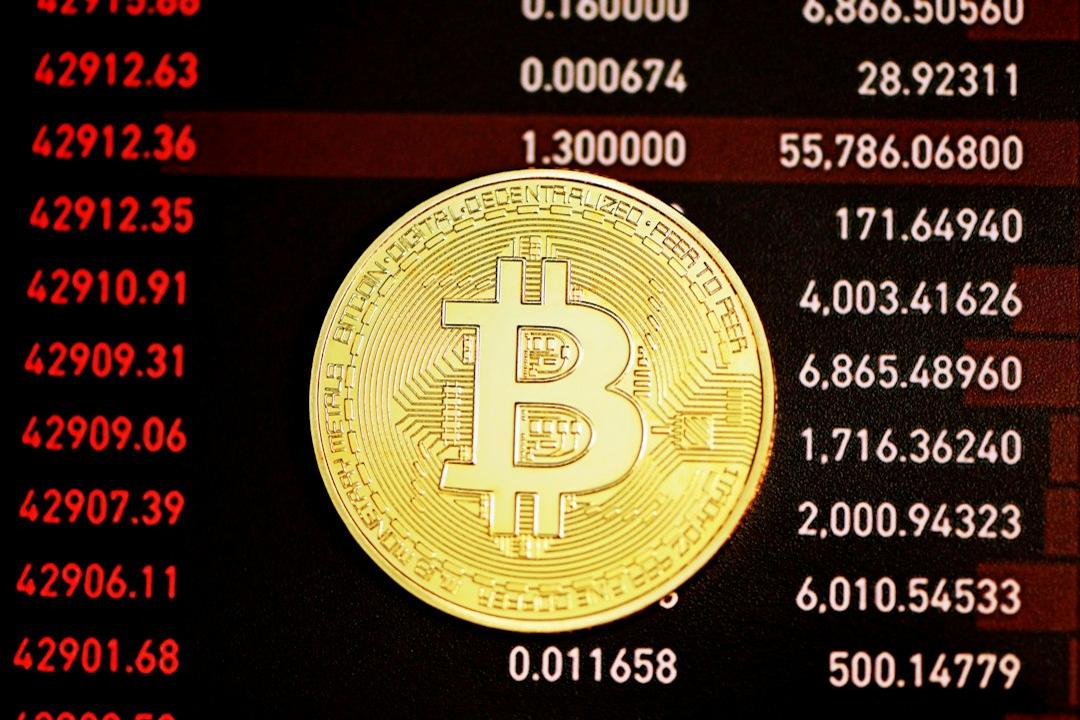
Unlike stocks, which often temporarily offset economic gravity during extreme optimism (like today), the bond market is much stricter. For fixed-income investors, inflation is the number one enemy—a silent thief that can turn positive nominal interest rates into negative real (inflation-adjusted) returns.
Before taming consumer prices, Jerome Powell prematurely lowered short-term interest rates, repeating the fatal mistake of Arthur Burns’ Federal Reserve, fueling people’s fears of entrenched inflation.
Bond investors remember the 1970s. The growing concern about sustained inflation suppressing real returns has led them to demand greater safety margins, resulting in soaring long-term borrowing costs, such as the 10-year Treasury yield.
The 10-year US Treasury is one of the most important benchmark borrowing rates globally, determining the borrowing costs for a wide range of consumer and business loans. This includes standard 30-year US mortgage rates, which have been pushed up by the influence of 10-year Treasury yields and jumped by 50 basis points after Powell’s recent rate cut.
This has become a big problem because higher borrowing costs further fuel inflation. Particularly in the housing market, high mortgage rates directly lead to rising homeownership costs.
Currently, the monthly payment for an average-priced US home is $2,215, which means a family now needs an annual income of $106,000 to afford an average home, compared to $59,000 just four years ago (in 2020).
Unsurprisingly, in the September inflation report, housing costs were one of the biggest winners, rising by 4.9% year-on-year, far exceeding the overall inflation rate of 3.3%.
Meanwhile, the Federal Reserve’s rate-cutting measures—intended to support US economic growth—are having the opposite effect. Higher long-term rates have not reduced borrowing costs and promoted lending in the real economy; instead, they have had the opposite effect.
We can see from the latest weekly data that new mortgage applications have plummeted by 17%. Refinancing mortgages have seen an even greater drop, with last week’s figures declining by a staggering 26%.
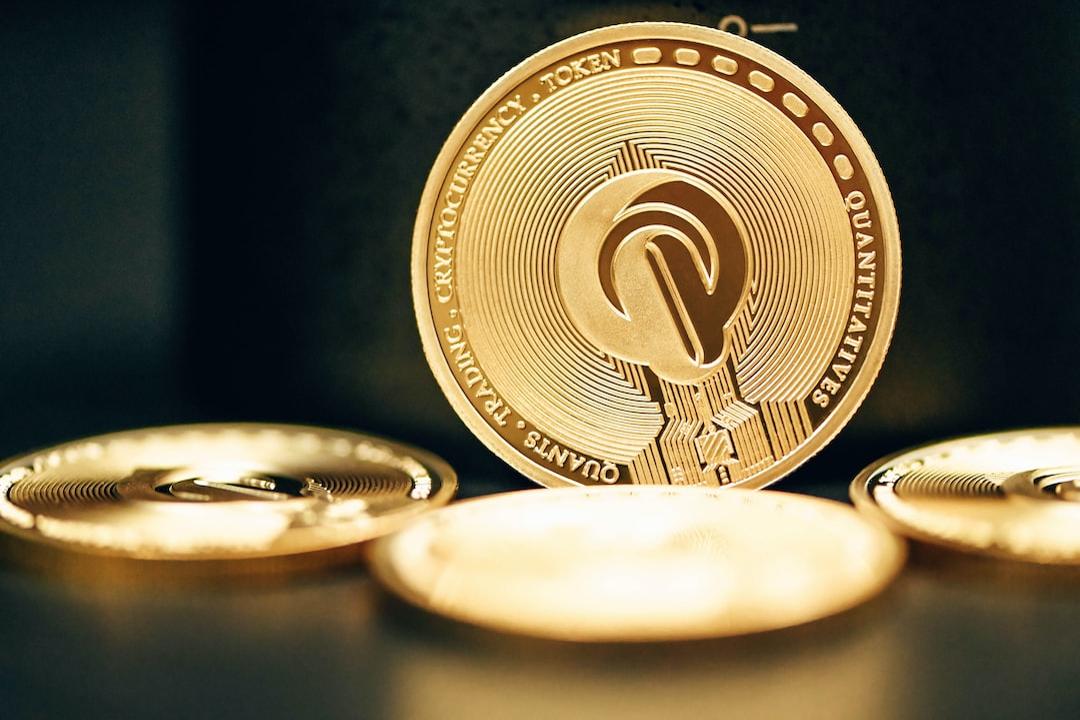
Higher borrowing costs are not the only factor causing stubborn inflation. Insurance is another major culprit, with costs rising universally at a faster pace than the overall Consumer Price Index (CPI).
For almost every adult American, insurance is a major cost of living, often mandated by law. Just imagine filing taxes without reporting health insurance, applying for a mortgage without homeowners insurance, or driving without car insurance—what would the consequences be?
Insurance companies suffered significant profit losses in the early stages of inflation after the pandemic, as their policies were priced based on historical inflation rates of 1-2%. Therefore, when inflation skyrocketed and claims exceeded expectations, they had to bear huge losses.
Now, insurance companies are starting to recoup those losses from policyholders.
In recent years, as old policies expire, insurance companies have made up for the losses by significantly raising premiums on new policies. For example, employer-sponsored health insurance plans are expected to see a 7% cost increase for the second consecutive year—roughly twice the current CPI inflation rate. This is the fastest increase in over a decade and has increased the average family’s health insurance costs by $3,000 in just the past two years.
At the same time, premiums for home and auto insurance are also rising at double-digit rates, which recent renewals have experienced firsthand. With two consecutive devastating hurricanes expected to cause massive losses for insurance companies, the industry will further raise rates to compensate for these losses.
These and other stubborn costs are the reason why various “core inflation” indicators, even excluding highly volatile food and energy prices, stubbornly remain above 3% after the last CPI inflation data fell below 2%. And if we analyze the median prices in the CPI basket, inflation has consistently remained stubbornly around 4%.
It is worth noting that this is also the inflation floor that the Federal Reserve failed to break through during the stagflation of the 1970s.
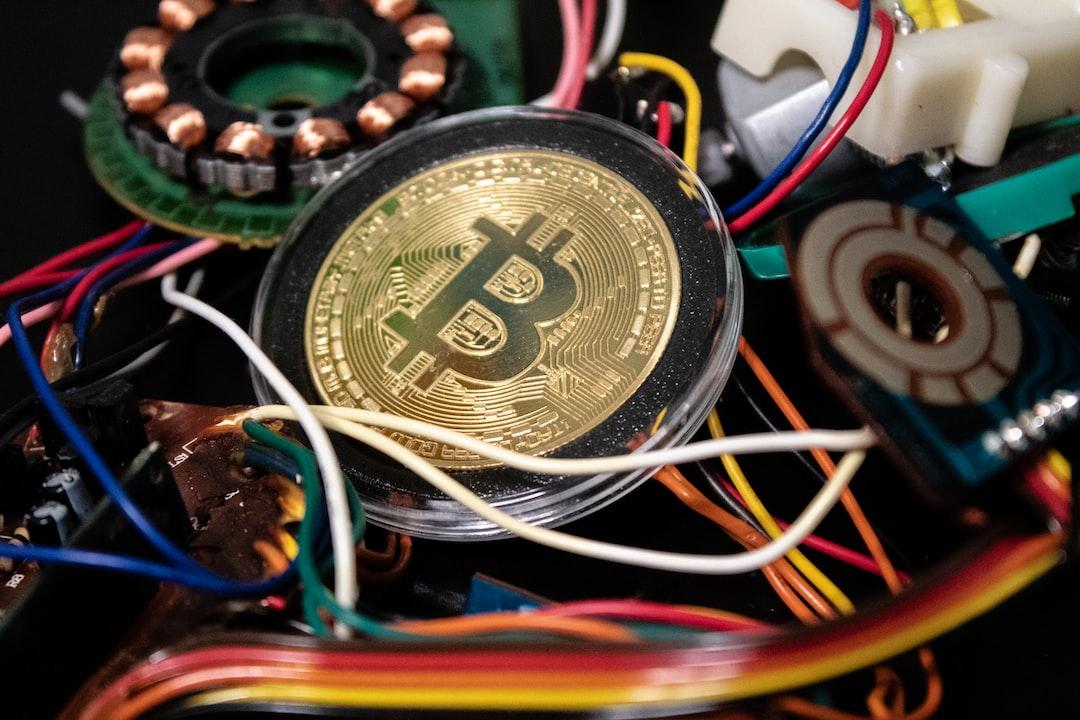
Despite politicians and media figures’ best efforts to make consumers believe that inflation has been defeated, ordinary Americans living in the real world still feel the erosion of rising prices on their wages.
Now, American workers are demanding continuous wage increases to cope with the cost of living crisis.
For example, recently, 32,000 Boeing factory workers went on strike after their demand for a 40% wage increase over four years was not met. They ended the strike after Boeing agreed to a 35% wage increase over the next four years, equivalent to nearly 9% annual growth.
Meanwhile, the International Longshoremen’s Association recently ended its latest strike because employers agreed to a 62% wage increase over the next six years, with an average hourly wage of $63.
After setting such standards for wage increases, it is clear that inflation is deeply rooted in the US economy, fueling the flame of the wage-price spiral seen in the 1970s.
The chart below will soon become a nightmare for the Federal Reserve, showing consumer inflation expectations soaring to the highest level in the past 40 years.
With consumers expecting annual inflation rates to exceed 7% in the next 5 to 10 years and continuing to demand higher wages, how long can the Federal Reserve maintain its “mission accomplished” rate-cutting trick?
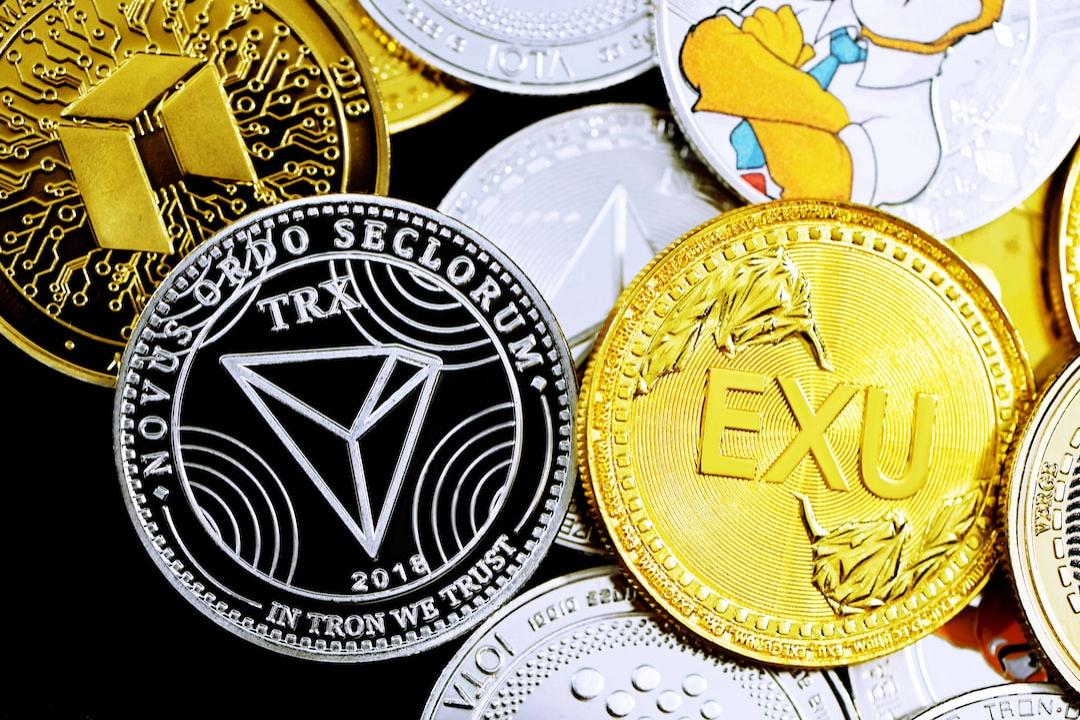
US policymakers are repeating the mistakes of the 1970s. They have sown the seeds of stubborn inflation, rising borrowing costs, and a “lost decade” for the US economy and financial asset prices that will last ten years or longer.
But this time, the situation might be worse. The biggest problem is that the highly indebted US economy can no longer afford the 20% interest rates needed to control runaway inflation like in the 1970s.
The US debt-to-GDP ratio is as high as 120%, compared to 30% in the 1970s.
If the Federal Reserve simply maintains a 5% interest rate and forces the US government to finance all its outstanding debt at that rate, annual interest payments will soon reach nearly $2 trillion. This is equivalent to 40% of the government’s annual tax revenue. If rates rise to 10%, the federal government will be forced to choose between funding Social Security and Medicare benefits and funding the military, as it won’t be able to afford both.
And under 20% borrowing costs, the US will officially shut down its business. Uncle Sam’s annual interest payments will exceed its tax revenue.
That’s why all roads lead to long-term uncontrollable inflation. Due to the unsustainable burden of US debt, simply raising the overnight borrowing rate to control inflation is no longer a viable option.
The US federal government is rapidly heading toward bankruptcy, and policymakers are unwilling to admit, let alone address, the problem. Honest default and debt restructuring are clearly not viable options for politicians seeking re-election. Therefore, the only remaining choice is to engage in dishonest default through inflation.
But don’t just take my word for it, look at legendary trader Paul Tudor Jones, who just explained today:
“All roads lead to inflation. I own gold and bitcoin, zero fixed income. The way out of this [debt problem] is through inflation.”
More importantly than what they say is to pay attention to the actions of the world’s top investors.
Watch Stanley Druckenmiller, who has just made a massive short bet on long-term US treasuries. Watch Warren Buffett’s Berkshire Hathaway and Ray Dalio’s Bridgewater Associates, who are selling bank stocks like outdated goods.
This weekend, several “keyboard financial masters” told me that the issues I warned about with US banks were just “no big deal.” I heard the same opposition when I warned about the crises faced by Fannie Mae, General Motors, and more recently, Boeing.
These judgments don’t require genius; they are just mathematical problems on the balance sheet. The same goes for the banking industry today.
Bank of America is currently facing a broken bond portfolio, with losses equivalent to half of its tangible equity value. If long-term rates exceed 10%, Bank of America will go bankrupt.
Of course, you can hope that monetary and fiscal authorities will prevent this from happening.
But, as they say, “hope” is not a strategy. [1]

1: Jiaolian’s Note: This phrase means that relying on “hope” is not enough to deal with real-world problems or challenges. It emphasizes the powerlessness of hope, especially when facing severe economic and financial crises. Hope can motivate people, but it is not an effective method or strategy for solving problems. Effective strategies require concrete actions and plans, rather than just hoping for things to improve. Therefore, the author here emphasizes that relying on hope without taking practical measures is not feasible.
Subscribe to Updates
Get the latest creative news from FooBar about art, design and business.
High Debt and High Inflation Could the US Economy Be Heading for Another Lost Decade
Add A Comment

